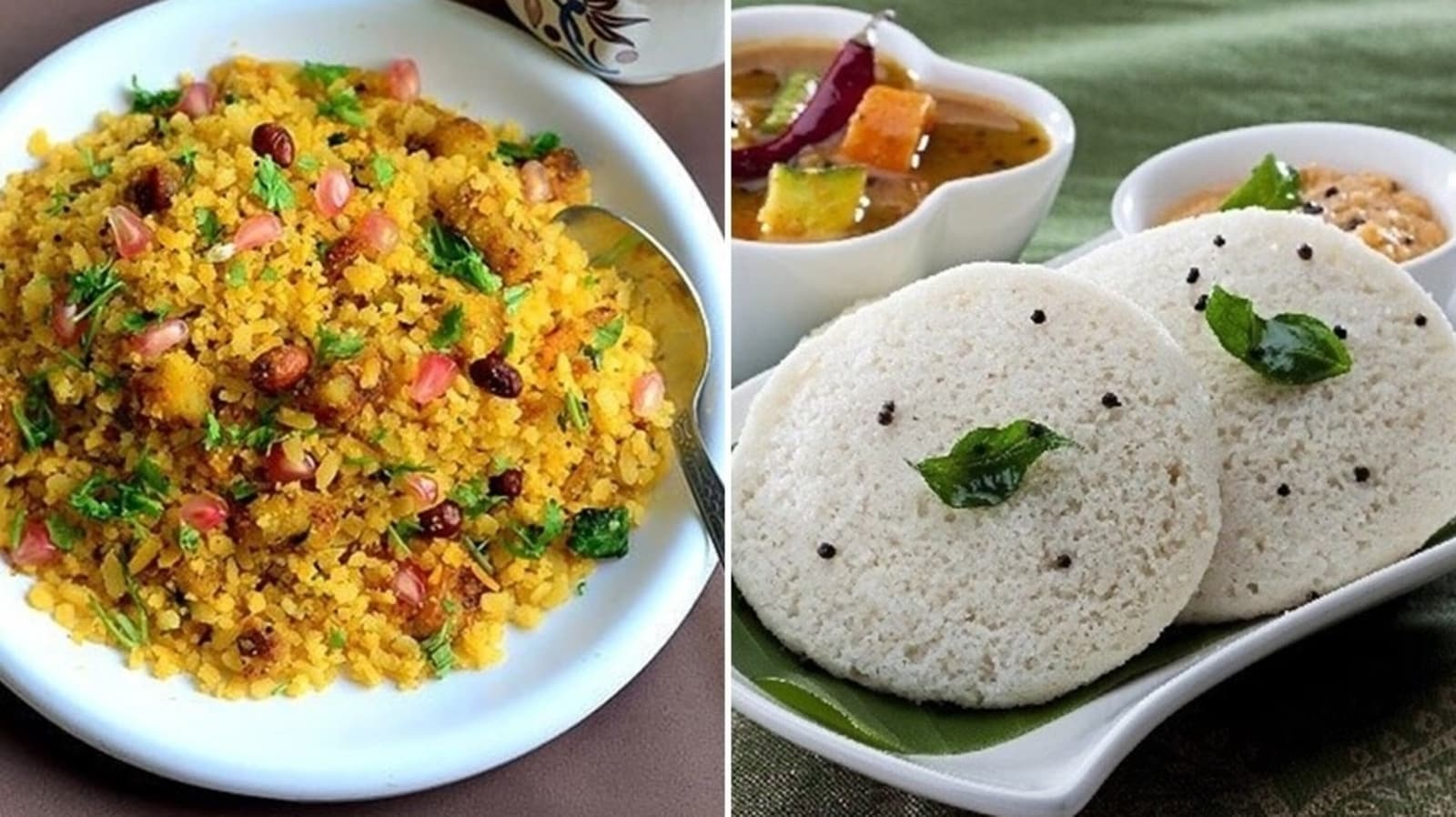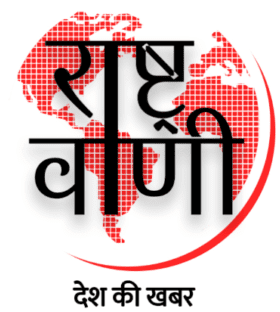
[ad_1]
When it comes to blood sugar management, people with diabetes often struggle with picking the right foods to prevent blood sugar spikes. Breakfast is considered an important meal for those who suffer from the metabolic disorder as eating a balanced diet can keep the glucose levels stable. Experts recommend breakfast choices that are high in protein, healthy fat, fibre and complex carbs for diabetics as eating these foods can prevent sugar spikes throughout the day and keep one energised and healthy in long run. (Also read: Drink a cup of cinnamon tea every day to prevent blood sugar spikes; know all benefits)

Poha and idli are among the popular choices for breakfast. While poha is full of fibre, iron and vitamins, idli is oil-free and is considered gut-friendly. While both of these food items have their own set of benefits and drawbacks, we asked an Ayurveda expert which is a better breakfast choice for people with diabetes.
Benefits of poha
“Poha is also called as flattened rice, which is a rich source of iron and Vitamin B. When cooked well with condiments like peanuts, lemon, coriander and other ingredients, it becomes a wholesome meal that provides carbs, nutrients, and minerals. Poha is also an excellent dish for weight loss, and is healthy for heart related ailments, digestive health, cholesterol, high blood pressure and cancer,” Dr Dimple Jangda, Ayurvedic Coach and gut specialist.
Is poha beneficial for people with diabetes?
Dr Jangda says it’s a healthy alternative for diabetic patients compared to white rice, as it contains fibre which slows down the release of sugar into bloodstream.
“It is a rich source of carbs and good fats and is also a healthy probiotic with good bacteria for the gut. It enhances then gut bacteria and thus allows better digestive health, metabolism and coping mechanism with lifestyle disorders like diabetes. The process of making poha, is by parboiling paddy, drying it in the sun, and then beating it flat. This allows the good microbes to remain during the fermentation process, which further enhances our digestive health. It is low on calories and is a healthy alternative for diabetic patients, and also an excellent choice for those with anaemia,” explains Dr Jangda.
Benefits of idli
Idli is made with cooked rice, and steamed without the use of any cooking oils which makes it one of the healthiest and lightest dishes for breakfast, for people of all age groups. There are no spices, oils or cooking process required to make idlis.
But is it good for people with diabetes?
While idli is oil-free, white rice in it can raise blood sugar levels in people with diabetes. A little tweak in ingredients like using millets or lentils instead of white rice can however make it suitable for those with the metabolic disorder.
“Idli is also a healthy source of nutrients like protein, carbohydrates, vitamins and minerals that are good for your health. But the main ingredient in the traditional white idli is white rice and black lentils (urad daal), which is a source of high carb and starch which can spike your sugar levels. It can release glucose in your bloodstream quickly, causing concern for those with diabetes. It is advisable to replace the ingredient with ragi, moong daal, any millet, and even vegetables like carrot and beetroot,” says Dr Jangda.
Healthy idlis for diabetics
If you are trying to control your blood sugar levels, you can give your idli a healthy makeover by using millet, lentils, or ragi. This will also make sure your breakfast has essential micronutrients like iron, fibre, protein, etc. Dr Jangda suggests a few options:
1. Ragi idlis have dietary fibre which slows down the sugar spike and is a good alternative to mainstream foods like rice and wheat. It helps in maintaining blood sugar levels, cholesterol and also strengthens the bones and improves density. It also fills you up well and prevents hunger pangs, overeating and feeling of hunger. It is loaded with plant-based calcium, and vitamin D which is excellent for bone health. It is gluten free, and hence can be consumed by all for good gut health.
2. Millet idli is also an excellent replacement to the traditional rice idli, for diabetic patients. Millets are rich in nutrients, fibre, that aids digestion and creates a sense of fullness preventing overeating. It also helps regular blood sugar levels by preventing sugar spikes. You can make millet idli of any millets like proso, kodo, barnyard, little millet, buckwheat and others.
3. Lentil idli is also a healthy alternative to rice idli, and offers a rich source of potassium, folate, iron, fibre and protein. It can also help lower cholesterol, regulate blood sugar levels by preventing sugar spikes, and offers protections against colon cancer.
Poha or idli, which is healthier?
As per the Ayurveda expert, between poha and rice idli, the former is a healthier choice for diabetic patients. But switching the ingredients in idli, can help you get health benefits of steamed foods without complex cooking process that supports the health of diabetic patients.
[ad_2]
Source link








